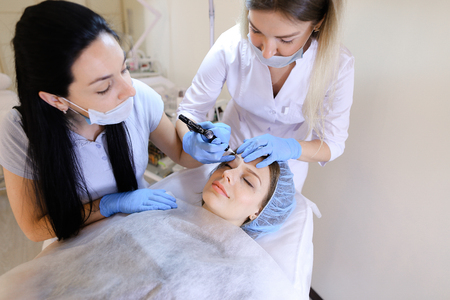A Complete Guide to Non-Surgical Skin Rejuvenation Treatments Available in the UK
Introduction to Non-Surgical Skin RejuvenationNon-surgical skin rejuvenation refers to a diverse range of medical and aesthetic treatments designed to enhance the appearance, texture, and health of the skin without the need for invasive surgical procedures. These treatments have become increasingly popular across the UK in recent years, reflecting both advancements in technology and changing cultural…









